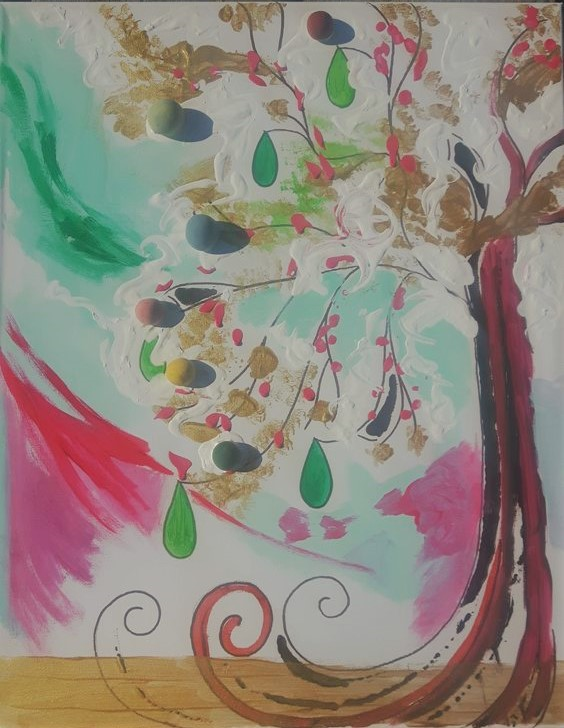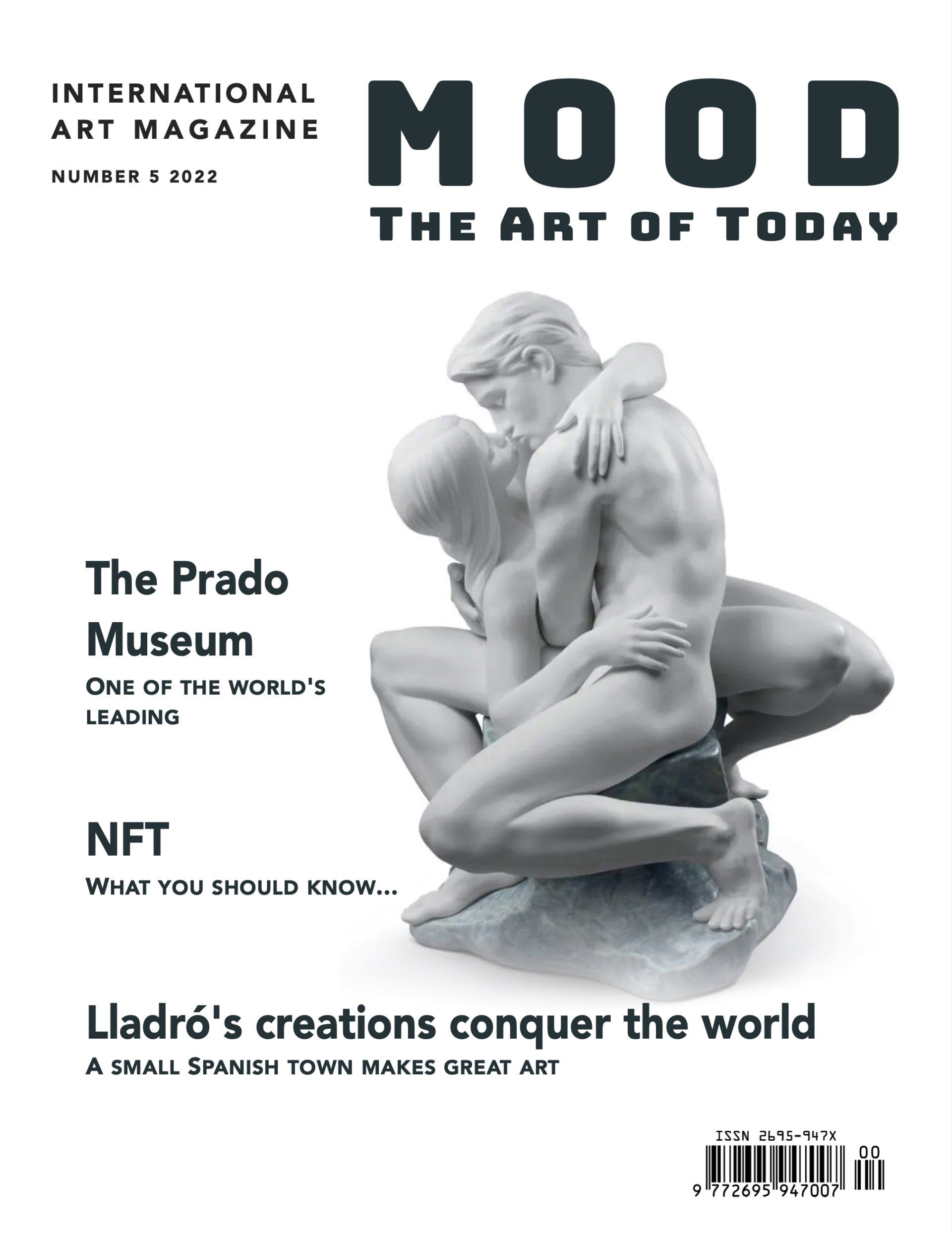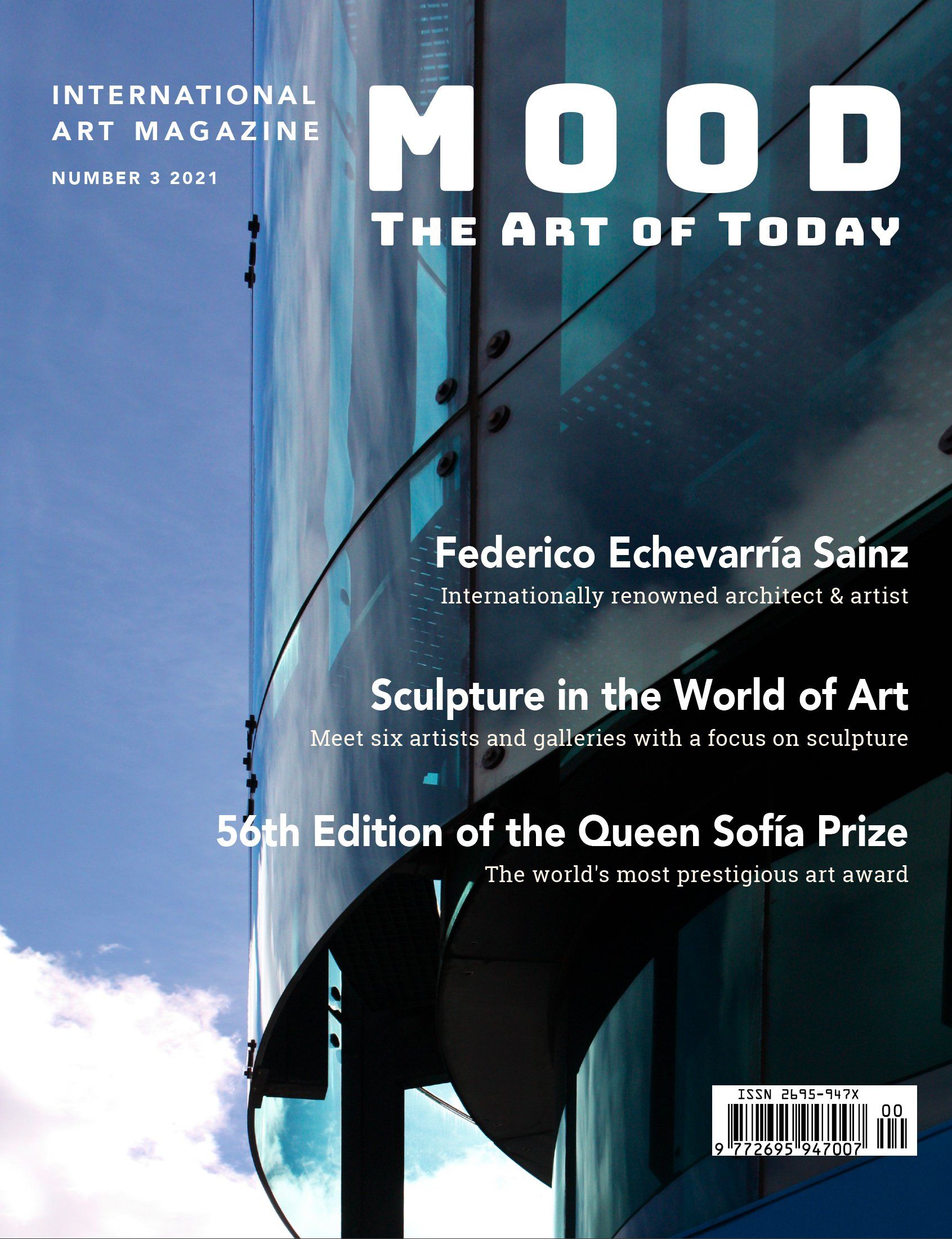Lebanese Art Both Inside and Outside its Environment
The history of art in Lebanon is a history that mixes cultures and traditions, embodying the innovative solutions that are created when opposing forces combine into something new. For many centuries, Lebanon has acted as a juncture where eastern and western cultural currents meet, and the country's artistic culture, both historically and in the contemporary world, reflects the tides and eddies created by the merging of those currents.
Lebanese art typically has earth tones such as brown and green. What is so special about the green colour is that it symbolizes nature, security, and tranquillity. According to Goethe's colour theory, green is the colour that the eye can perceive in the most shades. ‘I have experimented a lot with this and am fascinated by the colour green but also by how different background colours affect shape and size in a painting, because shape is as important and beautiful as colour,’ says Tania Amina Demachkie, a Swedish/Lebanese artist. She is inspired by Elie Saab's beautiful dresses, which, according to her, are works of art in clothes. She likes to paint in an abstract fashion where the image is her own process, and the understanding lies in said process, but she finds her inspiration from colours and motifs around her.
‘The whole thing is a balancing act between abstraction and painting from one's inner self and being inspired by different motives, and my goal is thereby to develop my own expression, my inner self,’ expresses Tania.
Whether we like it or not, we are all inspired because we are cognitive in our nature: we are inspired daily by different things. Our different experiences in life are often a source of inspiration. For some, the art is about experiencing a kind of balance as perceived from visual or auditory impressions. Research has, for example, shown that we are drawn to symmetrical shapes.
‘For me, my paintings are about exploring distinct colour combinations. How should the colours be handled in the best way to become fascinating and attractive? My pictures are also about exploring the tree's way of being: its flowering, photosynthesis, that it provides protection and shade, food, habitat[s], that you can make furniture out of it, etc.’









